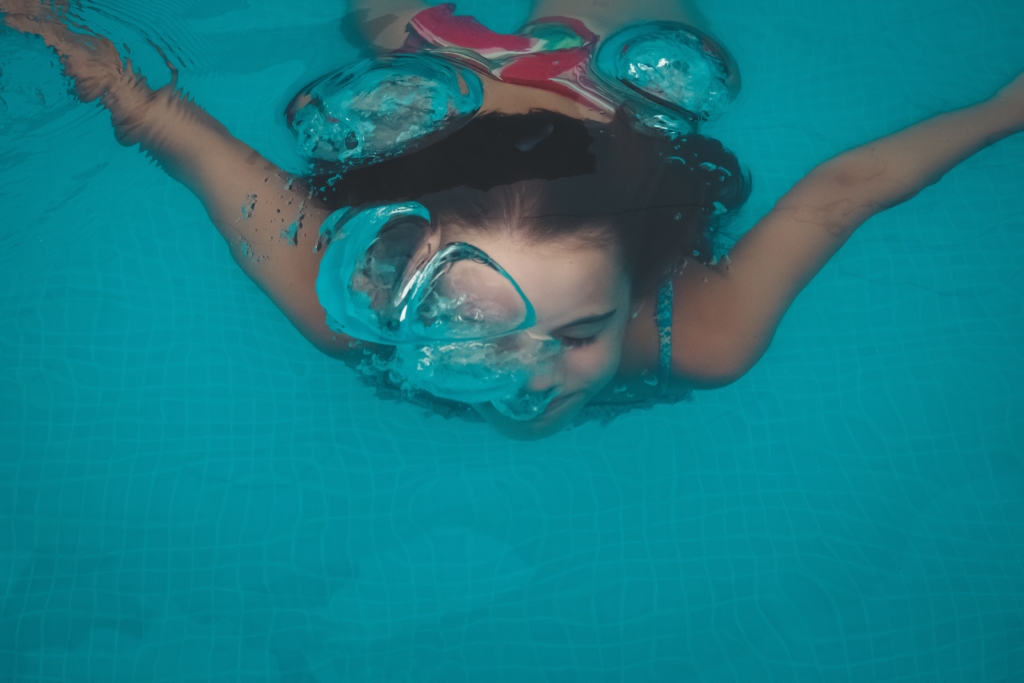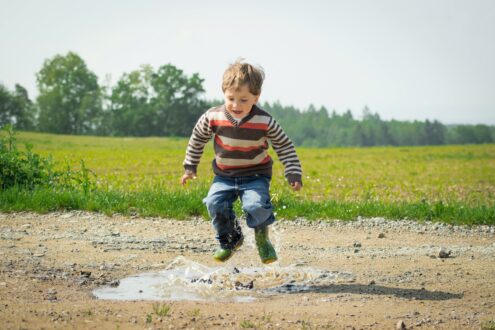Most children with autism have a tough time fitting in with their peers. The core symptoms of autism include difficulty with social skills and communication, so for a child with autism, social issues are almost inevitable.
But while your child with autism might never be an extrovert – although nothing is impossible – there are some steps that you can take as a parent to help your child cope better socially and make better sense of the expectations of others around them.
Social Stories for Children with Autism
Carol Gray developed social stories for children with autism in 1991, to help them understand, prepare for, and make sense of a variety of social situations. Social stories are narratives to help autistic children by illustrating certain social situations and how people deal with them.
Social stories for autism have proven to be effective for most kids, because they can significantly improve the way that the child relates to others, helping them learn how to respond – and how not to respond – when faced with certain life situations that we’ll all come across.
Autism social stories tend to come in a comic strip or basic sentence format that is easy for the child to understand and read. Depending on your individual child’s learning preferences, you may find it beneficial to read the social stories together so that you can answer any questions that they might have.
Head to Autism Parenting Magazine for some social story examples and to learn more about how they can help your child improve her social skills and confidence. Autism Parenting Magazine is an excellent resource providing advice for parents of children on the autism spectrum.
Encourage Group Play
You may have noticed that your child tends to prefer solo play, and while this is not a problem in itself, it does not give him the chance to learn important social skills. Interactive play can be difficult for some children with autism, as they typically do not actively observe and imitate their peers or family members compared to neurotypical children.
While other children are playing ‘house’ or dressing up as their favorite TV characters, children with autism might be happy playing alone with Legos or on a computer game. Neurotypical children might be bathing their baby dolls, while an autistic child just wants to complete the same jigsaw puzzle over and over.
Solo play is great – but it can also be limited. Without essential play skills, your child won’t be able to decide whether inclusion is right for him. Your goal as a parent is to teach your child how to play, how to get involved with pretend play, and how to communicate either verbally or nonverbally through playing. RDI and floor time are two therapeutic techniques you can use to encourage this.
Teach Your Child Basic Playground Etiquette
No child is immune to playground politics. You can help your child with autism to navigate playground basics by visiting playgrounds together with friends or siblings and practicing some of the expected behaviors. Playground supervisors don’t tend to teach these skills as they expect kids to ‘just know’, and a child with autism might not have the observational abilities of a neurotypical child to pick them up from other kids.
You can help by teaching your child to:
- Stand in line when waiting to use the slide, swings, roundabout etc.
- Use the swings without waiting for an adult to push them
- Practice fun, safe climbing techniques – always have at least two hands and one foot on the climbing structure
- Ask an adult for help if they need it.
Get Your Child Involved with Sports
Too often, children with autism spend their daytime at school and afternoons and evenings at home or in therapy. Unlike many neurotypical children, they may have limited opportunities to learn basic sports skills, or even sports terms. Where other children might be playing soccer with their dad or siblings on the weekend, children with autism might be involved with therapeutic activities, or struggling to physically keep up with their typically developing peers.
As a result, many children with autism are left behind when it comes to sports. But sports can be terrific for both physical health and social development for a child on the autism spectrum. As a parent, you can rectify this by spending some time teaching your child basic sports skills, giving her a head start and preparing her for social engagements outside of school.
This doesn’t mean you have to get them involved in team sports straight away. You can choose a sport that isn’t team-based, like swimming, hiking, cycling, or even fishing. The key is to provide your child with a hobby that they can both enjoy while improving their social skills and benefiting their physical health. And by the time they are old enough to participate in team sports, they will be informed enough to decide whether it’s the right choice for them.

Difficulty socializing is a key symptom of autism, and while you may not be able to take it away completely, teaching your child these skills will help him fit in and connect with other kids.







Leave a Reply